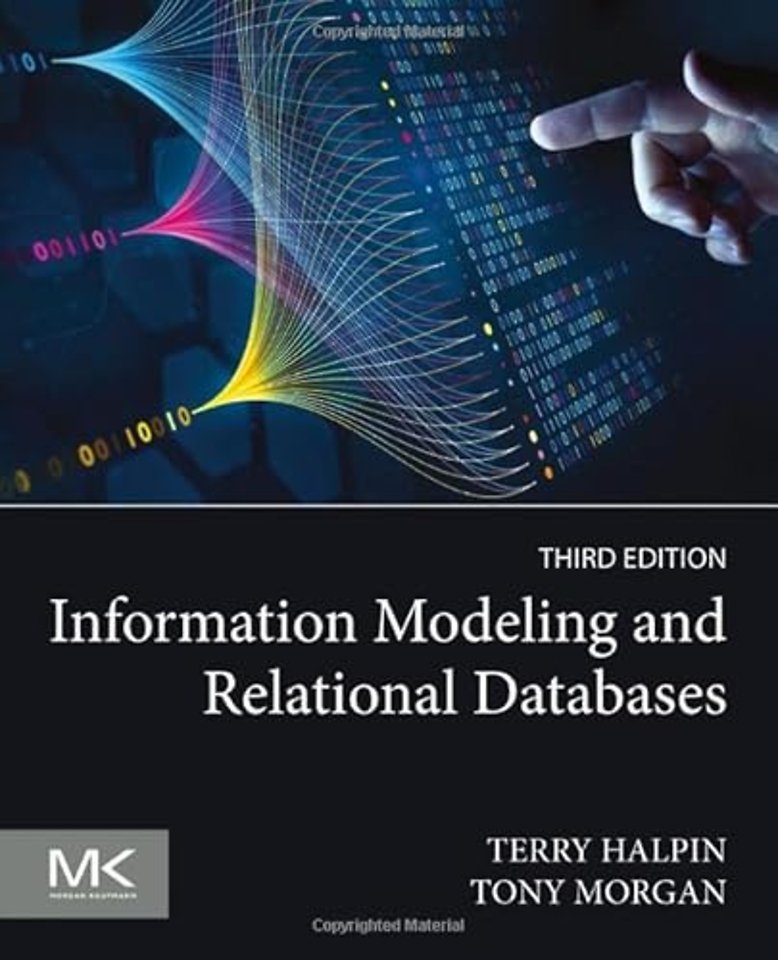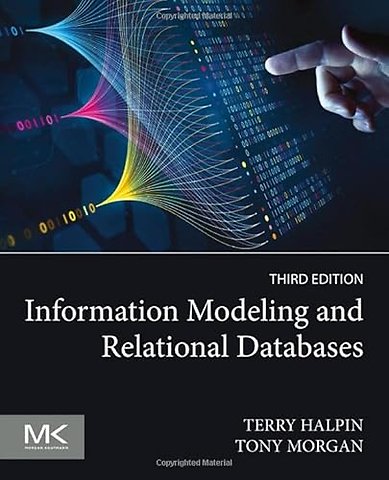Information Modeling and Relational Databases
Samenvatting
Information Modeling and Relational Databases, Third Edition, provides thorough coverage of information modeling approaches, including object-role modeling (ORM), entity-relationship (ER) modeling, and the unified modeling language (UML). It shows how to map models developed with those approaches to a variety of relational and nonrelational database systems, including document databases, column-oriented databases, graph databases, and deductive databases. Process and state modeling, ontological modeling, and metamodeling are also covered. For this new edition, the coverage of ORM, ER, UML, SQL, OWL, and BPMN has been thoroughly updated to include their latest versions. A significant amount of new material has been added. Various data file formats such as CSV, XML, JSON, YAML, and some other markup languages are now covered, and a more thorough treatment is provided for nonrelational databases, especially NoSQL. One of the major features of the book is its large number of exercises, which have been thoroughly class-tested. This book is intended for anyone with a stake in the accuracy and efficacy of databases such as systems analysts, information modelers, database designers and administrators, and programmers.

